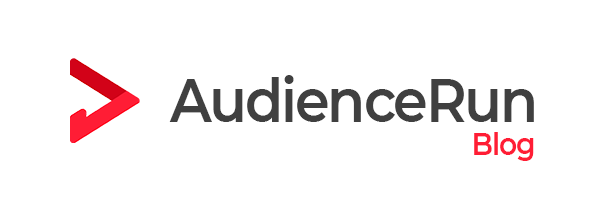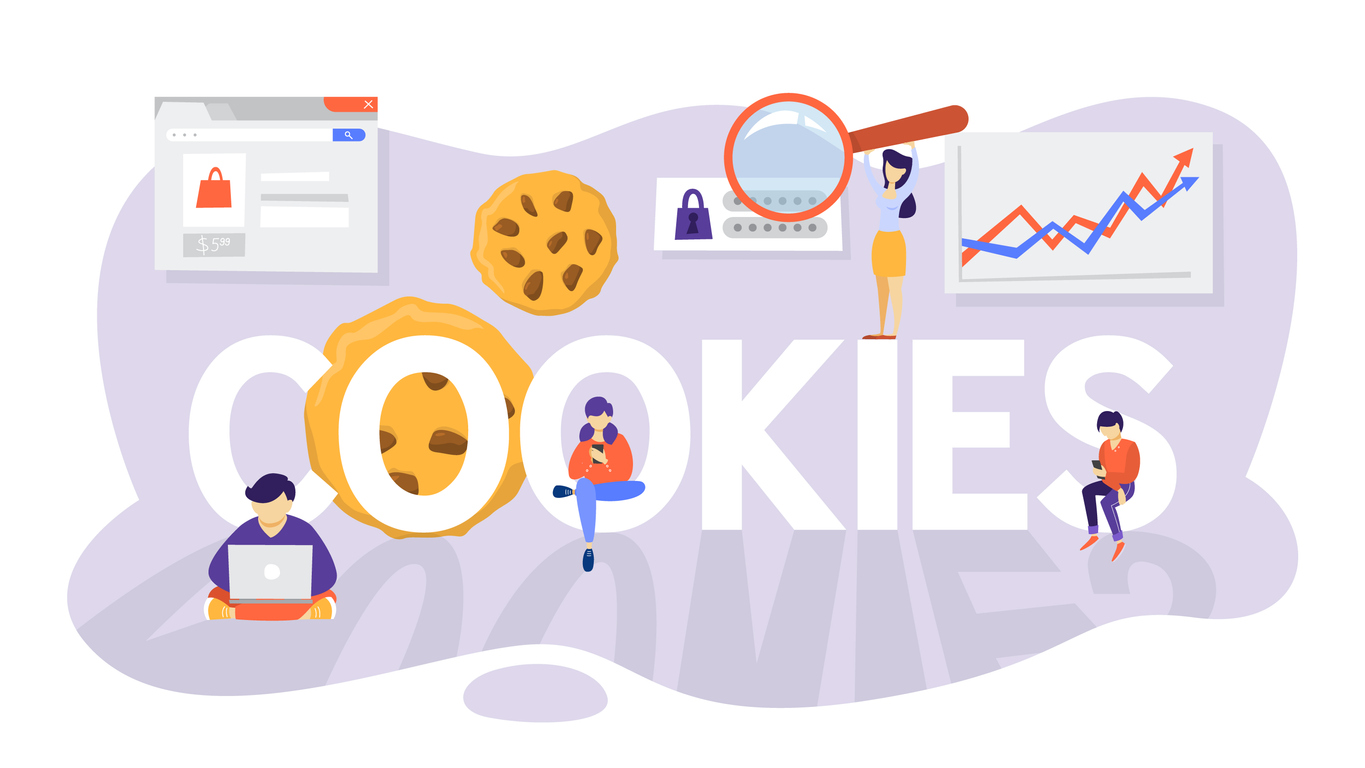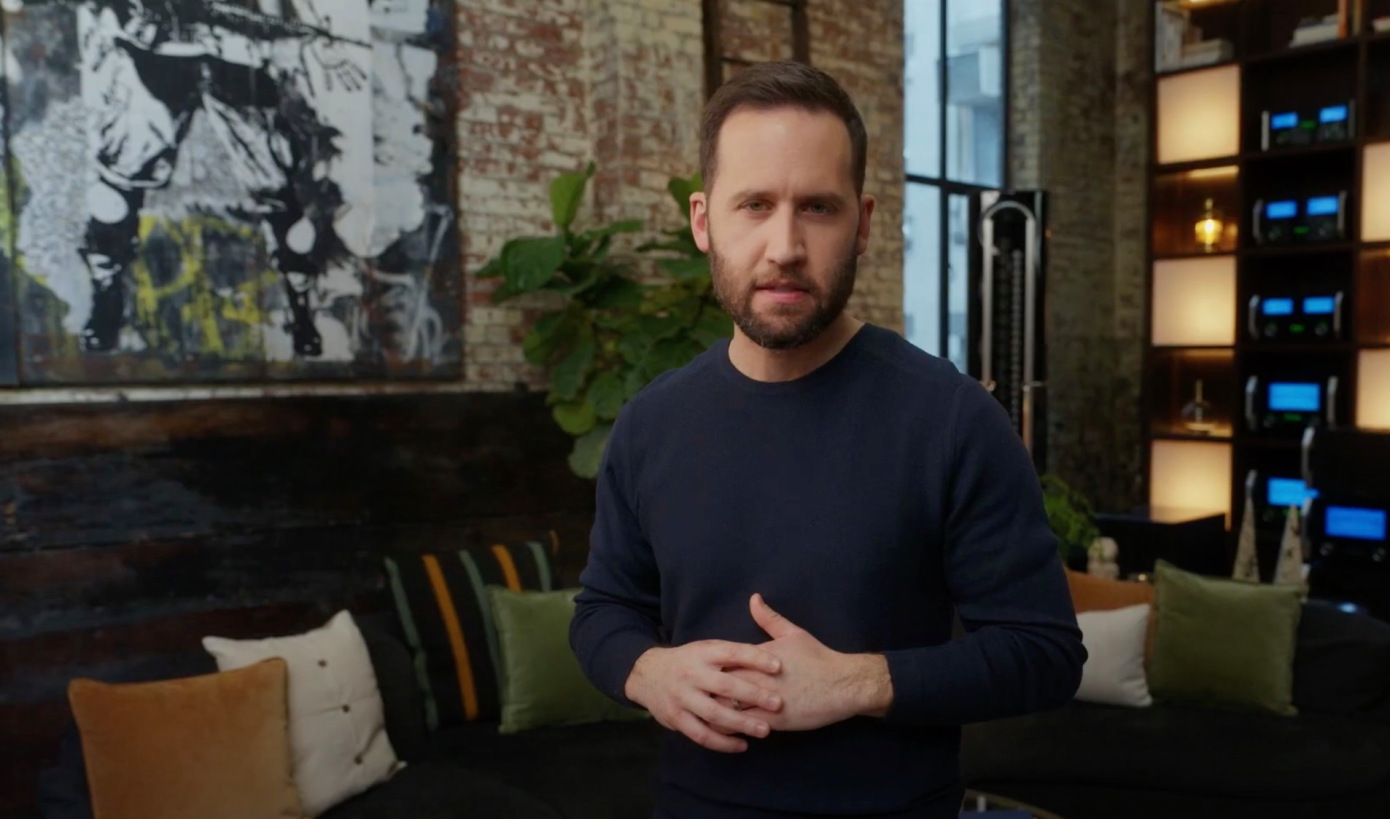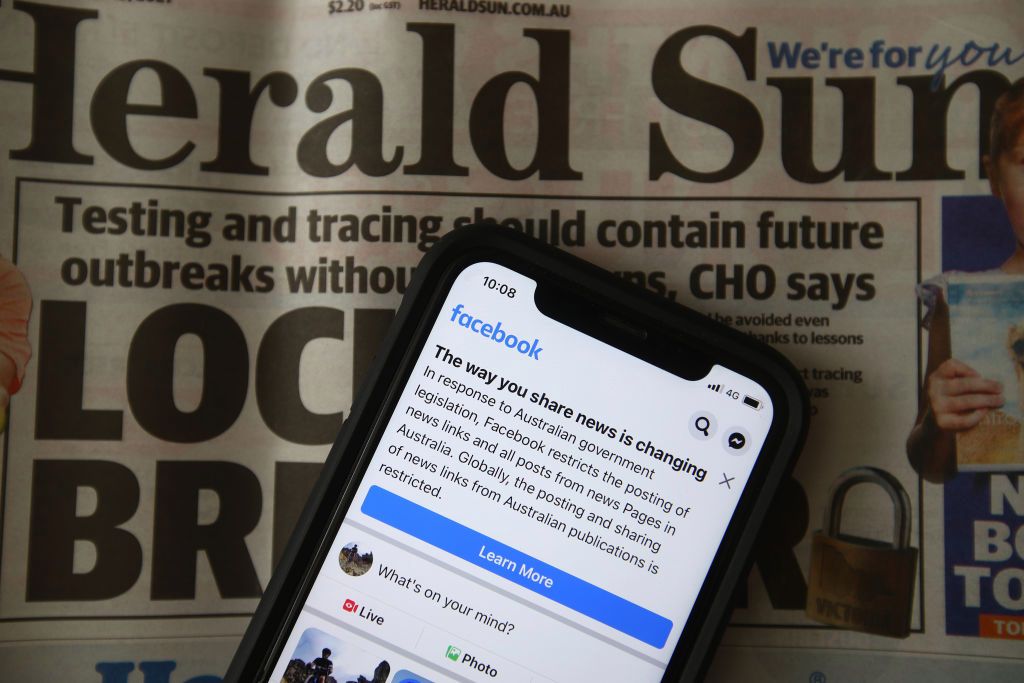The collaboration allows AudienceRun to increase the value of its publishers’ inventory New York, Paris and London, 02/22/2022 – AudienceRun, a technology and monetization solution for publishers that leverages AI to deliver intelligent ad formats, is partnering with ID5, the leading identity solution for digital advertising. ID5’s identity solution is pioneering the identification of authenticated and unauthenticated users in different digital advertising environments, to increase monetization and enable all digital campaign strategies at scale within a privacy-first infrastructure. By leveraging the ID5 ID, AudienceRun is able to identify a larger share of its publisher partners’ bid requests, increasing the value of their inventory, resulting in higher bid density and more revenue for those partners. The adoption of the ID5 ID is also another significant step that the company is taking to support publishers’ monetization in the cookieless future. It serves AudienceRun’s goal of building competitive publisher solutions that already provide…
Mobile devices have kept taking a larger place in our lives for as long as they’ve been around. Weirdly enough, even though a larger share of digital visits happens on mobile, we’re still thinking of online advertising through the lens of a computer screen and most publishers have barely started to optimize their mobile inventory, let alone making it their #1 priority. Let’s put this in perspective by looking at some numbers. Mobile Internet advertising revenue now accounts for 69.6% of all online advertising revenue (source internet Ad revenue report 2019 )– a share that amounted to $189B worldwide in 2019, projected to be at $240B next year (source: Statista ) Having outpaced desktop advertising growth over 15 to 1 since 2010 (total Internet advertising revenue compound annual growth rate (CAGR), mobile vs desktop- Mekko graphics. This means that mobile inventory keeps being more valuable and a place of choice for marketers to reach users. The trend will only get stronger,…
For the past few years, the digital world has been following Google’s plan to centralize user identification and profiling on the Web. With the end of third-party cookies on its way, we’re seeing a mix of doubt and feeling of new opportunities being shared on the matter. So, let’s take a look at the key points of Google’s Privacy Sandbox: Google is moving towards increased users’ privacy in phasing out third-party cookies, generating new targeting opportunities through contextual targeting. Ad-exchanges and other demand-side intermediaries will no longer be able to use traditional multi-touch attribution models, making it harder for advertisers to show the return on each touch point. Google has introduced FLoCs [Federated Learning of Cohorts] in their new version of Chrome, a new way for advertisers to capture data from a user in replacement to third-party cookies. Google has introduced Turtledove, a new form of audience targeting for advertisers. It comes in addition to other targeting solutions developed…
With Google Privacy Sandbox well on its way to replace third party cookies, along with California and Europe leading the way for stricter privacy laws to protect user’s personal data, publishers and advertisers are looking for effective ways to execute targeting advertising. The advertising world is already ready to begin a post third-party cookie world, by accepting and building on the targeting that was successful in the past. There’s no question that contextual targeting is making a comeback, the question is how has it changed over the past few years and why should you increase your attention to it? Our ability to build machines that learn the context of articles, and communicate that to advertisers has prepared us for this new age. In the past, contextual targeting only went as far as knowing the general topic of a site, maybe a keyword or two. Now, we can effectively collect contextual…
This morning Creatio, a Boston-based software company, announced that it has raised $68 million. Volition Capital, a growth-equity fund, led the round. The deal was a minority investment in the startup.
During its livestreamed event today, Spotify officially confirmed its plans to launch paid podcast subscriptions on its platform. As a first step, the company will this spring begin beta testing a new feature in its Anchor podcast creation tool that will allow U.S. creators to publish paid podcast content aimed at their “most dedicated fans.” It also opened up signups for this and other new features, starting today.
Latitude, a startup building games with “infinite storylines” generated by artificial intelligence, is announcing that it has raised $3.3 million in seed funding.
In an earlier article, I wrote about how and when to build go-to-market teams at deep tech companies. There, I noted that it is more important for growth hires at deep tech companies to have functional expertise than industry expertise.
Facebook said it will begin restoring news sharing to Australian users’ feeds in “the coming days” after reaching an agreement with the country’s government. The social media giant made the drastic move of restricting news content in Australia last Wednesday after a dispute over a proposed media bargaining code that is expected to be voted into law soon. The code requires Facebook, and other major tech companies like Google, to make revenue-sharing agreements with publishers for content posted to their social media platforms.
We analyzed data from 90,000 companies around the world to learn more about the keys to successful customer support. This has allowed us to identify best practices that will help you and your teams improve your customer experience.









